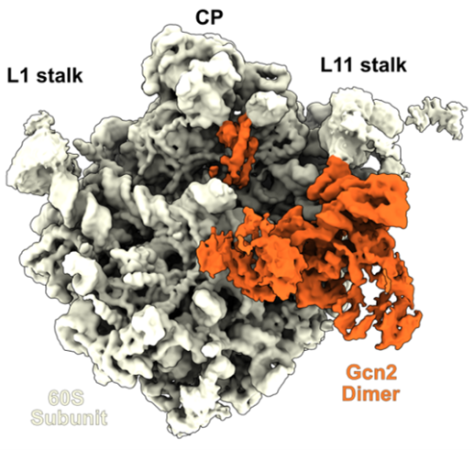2025-04-11 京都大学
<関連情報>
- https://www.kyoto-u.ac.jp/ja/research-news/2025-04-11-2
- https://www.kyoto-u.ac.jp/sites/default/files/2025-04/web_2504_Hagiwara-35bc11df511739c3e802ae5f1fa8dcb0.pdf
- https://www.science.org/doi/10.1126/sciadv.adt9695
RNAミスプライシングによる心臓ファブリー病に対する経口薬の発明 Invention of an oral medication for cardiac Fabry disease caused by RNA mis-splicing
Tomonari Awaya, Masahiko Ajiro, Hiroko Kobayashi, Teruo Sawada, […] , and Masatoshi Hagiwara
Science Advances Published:9 Apr 2025
DOI:https://doi.org/10.1126/sciadv.adt9695

Abstract
Pathogenic RNA splicing variants have emerged as promising therapeutic targets due to their role in disease while preserving coding sequences. In this study, we developed RECTAS-2.0, a small molecule designed to correct RNA mis-splicing caused by the GLA c.639+919G>A mutation, which leads to the inclusion of a 57-nucleotide poison exon, resulting in later-onset Fabry disease, particularly prevalent in East Asia. RECTAS-2.0 restored normal GLA mRNA splicing and α-galactosidase activity in patient-derived B-lymphoblastoid cell lines and induced pluripotent stem cell–derived cardiomyocytes. Furthermore, oral administration of RECTAS-2.0 effectively corrected splicing in a transgenic mouse model, demonstrating its substantial splice-switching activity and safety for clinical application. RECTAS-2.0 demonstrated potential applicability to other genetic disorders that involve similar exon competition. These findings underscore the therapeutic potential of RECTAS-2.0 for Fabry disease and highlight its broader implications for RNA splicing–targeted therapies in genetic disorders.


